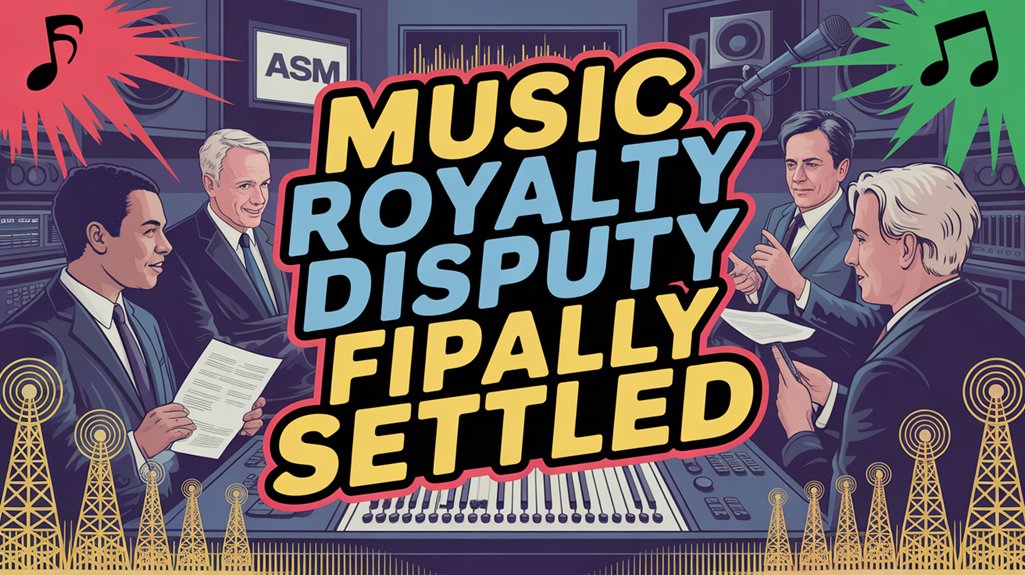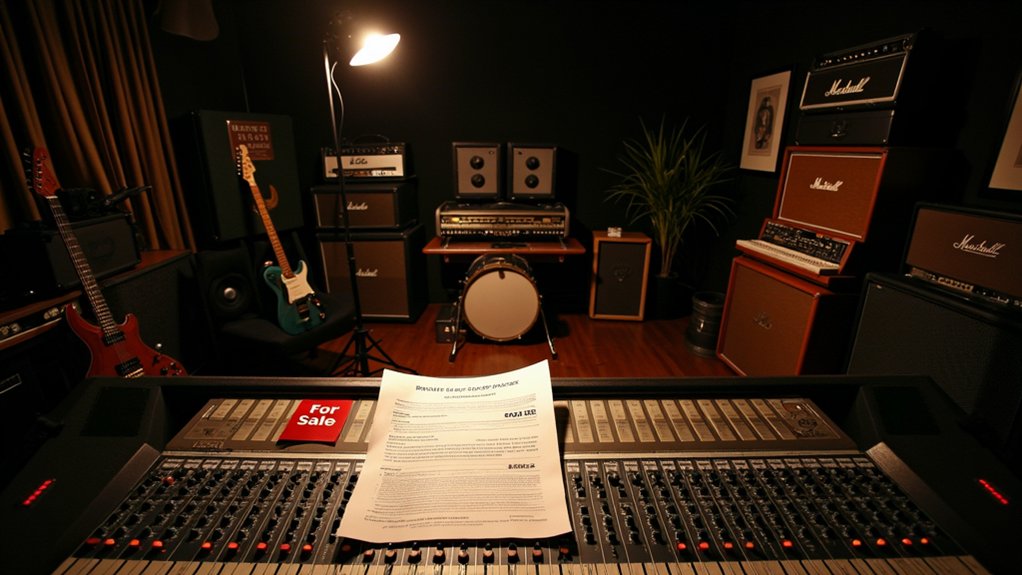After years of contentious negotiations and legal battles, the American Society of Composers, Authors and Publishers (ASCAP) and Broadcast Music, Inc. (BMI) have secured unprecedented royalty rate increases from U.S. commercial radio stations in landmark settlement agreements reached in 2025.
The settlements represent a significant victory for music creators, with BMI achieving its largest-ever terrestrial radio royalty rate increase. The organization’s headline rate will climb from 1.78% of stations’ gross revenue during 2017-2021 to 2.14% for 2022-2023, ultimately reaching 2.20% by 2026-2029. This 23.6% increase will directly benefit the vast catalog of over 20 million musical works represented by the performance rights organizations.
ASCAP similarly negotiated year-over-year increases affecting nearly 10,000 AM/FM radio stations nationwide. The restructured rates better reflect contemporary broadcast practices rather than internet streaming models, addressing a longstanding industry concern. ASCAP reported record-high revenues of $1.835 billion in 2024, demonstrating the growing value of music licensing. Approximately 85% of collected royalties will flow to songwriters, composers, and publishers affiliated with these organizations.
BMI President Mike O’Neill characterized the agreement as “historic” in its magnitude, while ASCAP CEO Elizabeth Matthews emphasized how the new rates provide vital economic security for music creators. “This agreement locks in higher rates for our members during a period of significant industry transformation,” Matthews noted. The deal also helps avoid substantial litigation costs that would have been incurred through rate court proceedings.
RMLC Chairman Ed Atsinger acknowledged that while rate increases presented challenges for broadcasters, the certainty provided by long-term agreements eliminated costly litigation and created stable planning horizons for the radio industry. The settlements specifically apply to terrestrial radio broadcasts, excluding internet radio and other digital music services.
These agreements arrive at a pivotal moment for the music industry, establishing important benchmarks for the value of music performance rights within the evolving media landscape. For thousands of songwriters and publishers, the enhanced income streams safeguard their economic health amid shifting revenue sources. This development comes as industry experts increasingly recommend musicians pursue sync deals as another viable revenue stream alongside traditional performance royalties. Many artists are now complementing these improved royalty structures with targeted advertising on streaming platforms to maximize their overall revenue potential.
The landmark ASCAP and BMI settlements establish crucial financial benchmarks for music creators in today’s rapidly evolving media ecosystem.
The settlements, affecting virtually all commercial radio stations across the United States, finally resolve years of uncertainty and establish a clear financial framework through the remainder of the decade.




